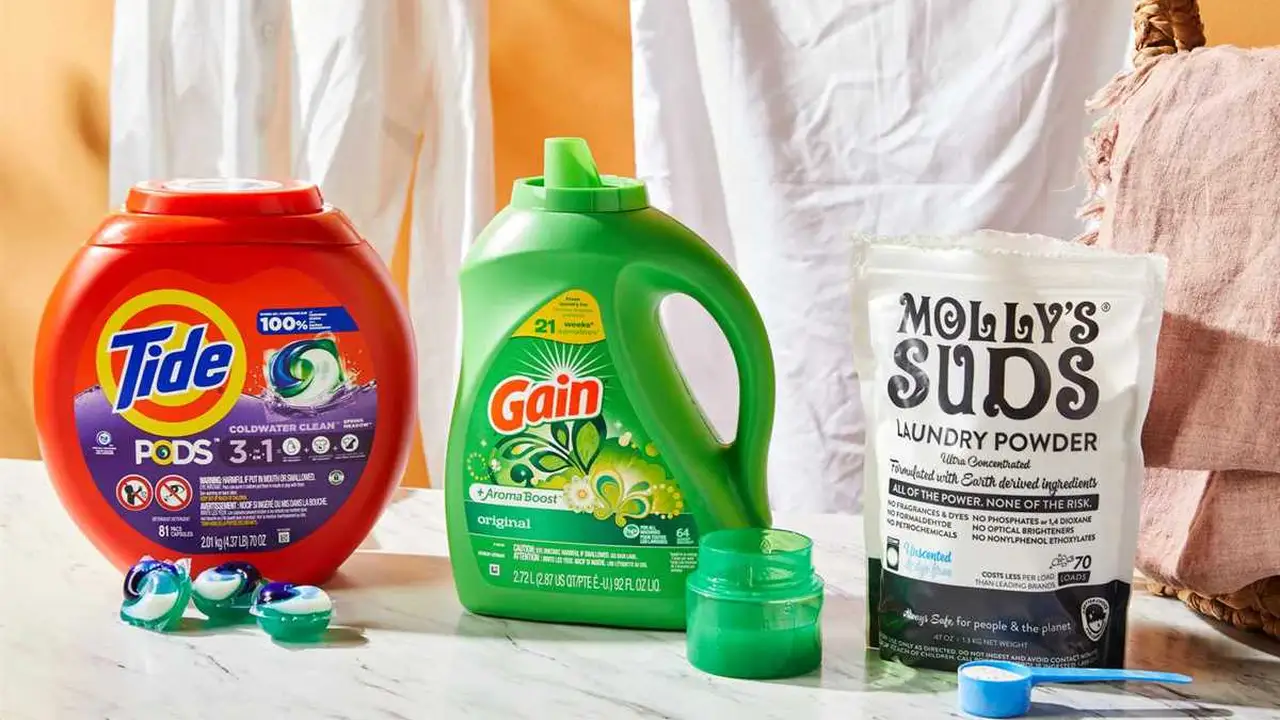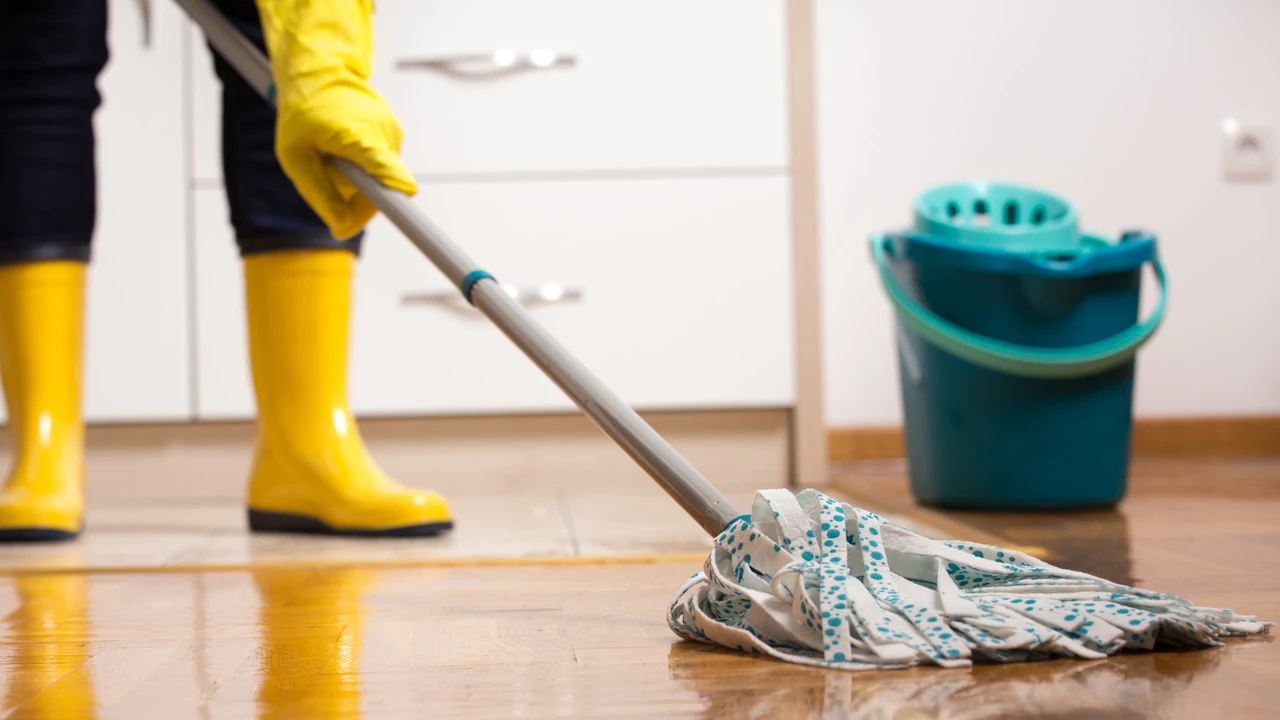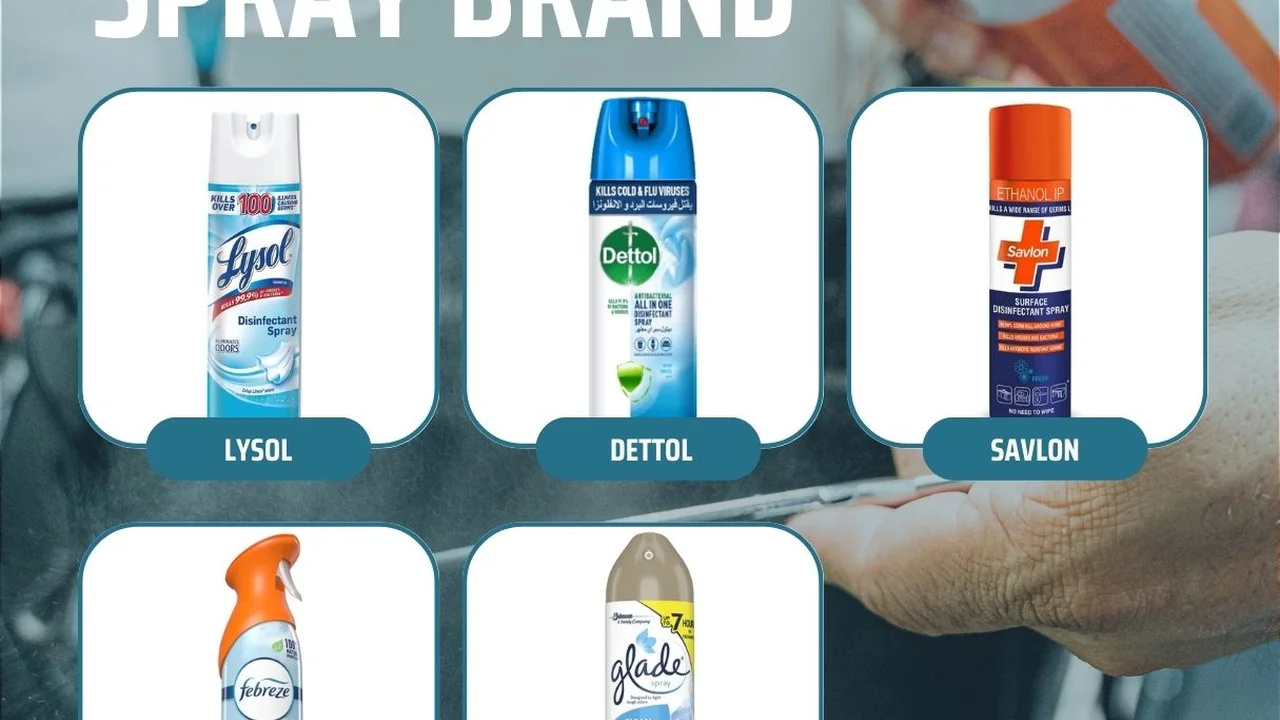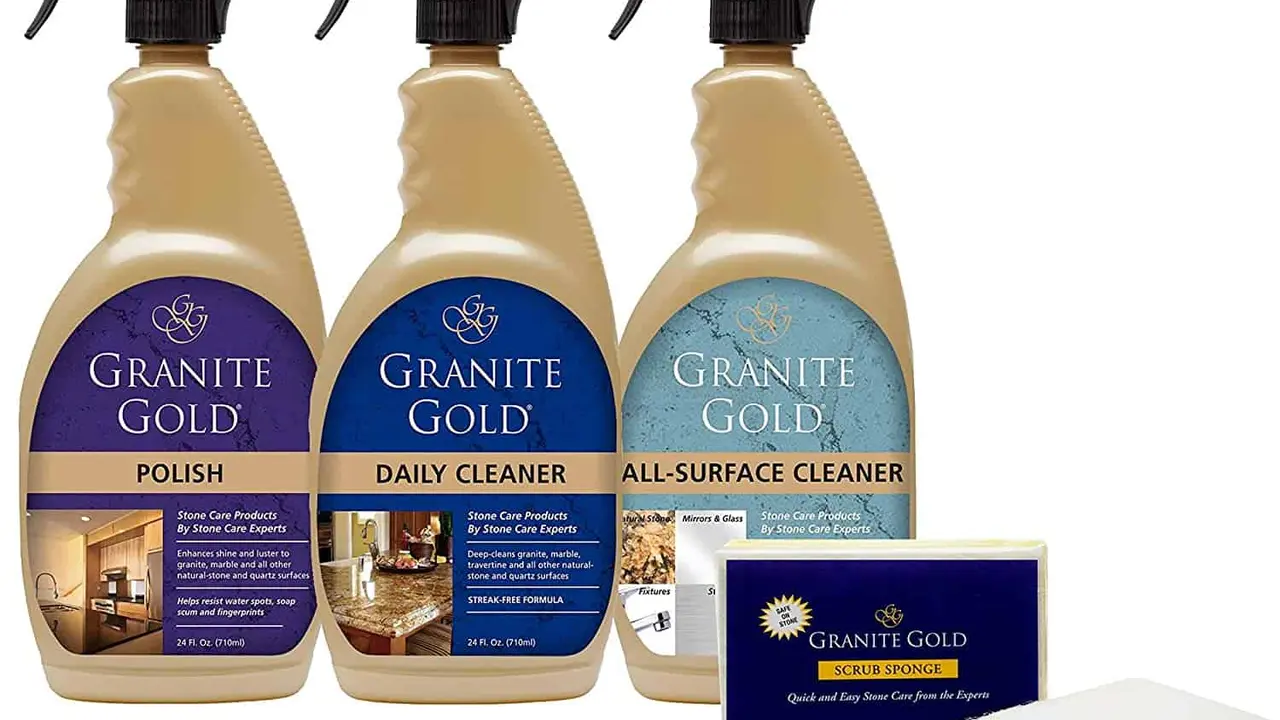Fire Damage Restoration Services: Recovering from Smoke and Soot
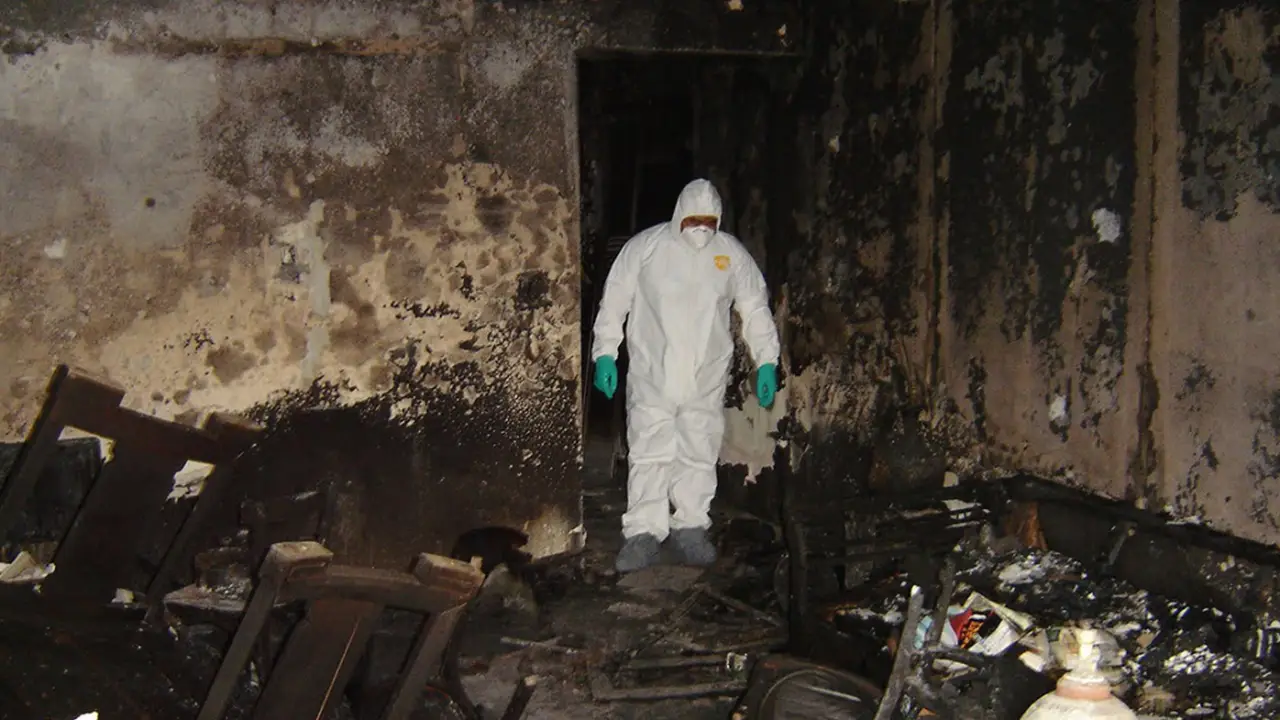
Understanding Fire Damage Restoration Smoke Soot and Emergency Response
Hey there! So, you've experienced a fire. That's… well, there aren't really words for how awful that is. But before you even *think* about giving up, know that you're not alone, and there's a whole industry dedicated to helping you recover. We're talking fire damage restoration, specifically focused on the nasty duo of smoke and soot. These aren't just cosmetic issues; they can cause serious health problems and ongoing damage to your property if not addressed properly and quickly. That's why knowing the emergency response steps is crucial. Dial 911 (or your local emergency number) immediately if anyone is injured or the fire is still active. Once the fire department gives the all-clear, it's time to assess the damage and contact your insurance company. Document everything with photos and videos – this will be invaluable for your claim. And most importantly, avoid entering the affected areas without proper protective gear. Soot and ash can contain hazardous materials, and structural damage may make the area unsafe.
The Science Behind Smoke and Soot Understanding Composition and Health Hazards
Let's get a little science-y for a second. Smoke isn't just smoke; it's a complex mixture of tiny particles, gases, and water vapor released when materials burn. Soot, on the other hand, is the black, powdery or oily substance composed primarily of carbon that remains after incomplete combustion. The exact composition of both depends entirely on what burned. Wood, plastic, fabrics – they all release different chemicals when they go up in flames. This is also why understanding the health hazards is paramount. Inhalation of smoke and soot can cause respiratory problems, including coughing, wheezing, and shortness of breath. Prolonged exposure can lead to more serious conditions like asthma, bronchitis, and even cancer. Soot particles can also irritate the skin and eyes. Children, the elderly, and individuals with pre-existing respiratory conditions are particularly vulnerable. That's why professional cleaning and air purification are essential after a fire.
Immediate Actions After a Fire Protecting Your Property and Health
Okay, the fire's out, and everyone's safe. Now what? Time is of the essence. Here's a quick rundown of immediate actions you should take:
- Contact Your Insurance Company: Do this ASAP. They'll guide you through the claims process and help you understand your coverage.
- Document Everything: Take photos and videos of the damage before you start cleaning anything. This is crucial for your insurance claim.
- Protect Your Property: If possible, board up windows and cover damaged roofs to prevent further damage from the elements.
- Ventilate: Open windows and doors (if safe to do so) to air out the affected areas.
- Don't Touch Anything: Avoid touching surfaces covered in soot or ash. The oils from your skin can set the soot, making it harder to remove.
- Protect Yourself: Wear protective gear, including a respirator mask, gloves, and eye protection, if you must enter the affected areas.
DIY Cleaning vs Professional Fire Damage Restoration Choosing the Right Approach
Alright, let's be real. Seeing the mess left by a fire, you might be tempted to grab some cleaning supplies and start scrubbing. While some minor cleanup might be okay, tackling fire damage restoration yourself is usually a bad idea. Here's why:
- Soot is Stubborn: It's not like regular dirt. Soot particles are tiny and can easily penetrate porous surfaces, making them incredibly difficult to remove with regular cleaning products.
- You Could Make It Worse: Using the wrong cleaning products or techniques can actually set the soot, making it even harder to remove. You could also spread the soot to unaffected areas.
- Hidden Damage: Smoke and soot can penetrate walls, ceilings, and even electrical systems. You might not see the damage, but it's there, and it can cause long-term problems.
- Health Risks: As we discussed earlier, soot and ash contain hazardous materials. DIY cleaning without proper protection can expose you to these toxins.
Professional fire damage restoration services have the specialized equipment, training, and experience to safely and effectively remove smoke and soot, repair structural damage, and restore your property to its pre-fire condition. They'll also be able to identify and address any hidden damage that you might miss. So, while DIY cleaning might seem tempting, it's almost always best to call in the pros.
Professional Smoke and Soot Removal Techniques Advanced Cleaning Methods and Equipment
So, what do these professional fire damage restoration companies actually *do*? They use a combination of advanced cleaning methods and specialized equipment to tackle smoke and soot. Here are some of the most common techniques:
- Dry Sponge Cleaning: This involves using a special dry sponge to gently remove loose soot particles from surfaces. It's a good option for delicate items and surfaces that can't tolerate water.
- HEPA Vacuuming: HEPA (High-Efficiency Particulate Air) vacuums are designed to capture even the tiniest particles, including soot and ash. They're used to thoroughly vacuum carpets, upholstery, and other surfaces.
- Thermal Fogging: This technique involves using a thermal fogger to create a dense fog of deodorizing agents that neutralize smoke odors. The fog penetrates hard-to-reach areas, effectively eliminating odors at their source.
- Ultrasonic Cleaning: This method uses ultrasonic waves to create tiny bubbles in a cleaning solution. These bubbles implode, dislodging soot and grime from surfaces. It's often used to clean delicate items like jewelry and electronics.
- Soda Blasting: This involves using compressed air to blast baking soda particles onto surfaces. The baking soda removes soot and grime without damaging the underlying material. It's a good option for cleaning brick, concrete, and other tough surfaces.
- Ozone Generators: These machines produce ozone gas, which is a powerful oxidizer that can neutralize smoke odors. However, ozone can also be harmful to humans and pets, so it's important to use ozone generators carefully and follow the manufacturer's instructions.
Choosing the Right Cleaning Products for Soot Removal A Comprehensive Guide
If you *absolutely* have to do some initial cleaning yourself (waiting for the professionals to arrive, for example), choosing the right cleaning products is crucial. Avoid using harsh chemicals or abrasive cleaners, as these can damage surfaces and set the soot. Here are some safer options:
- Dish Soap and Water: A mild solution of dish soap and water can be used to clean lightly soiled surfaces.
- Baking Soda: Baking soda is a natural deodorizer and can be used to absorb smoke odors. Sprinkle baking soda on carpets and upholstery, let it sit for a few hours, and then vacuum it up.
- Vinegar: Vinegar is a mild acid that can help to dissolve soot and grime. Mix equal parts vinegar and water and use it to clean surfaces.
- Specialty Soot Sponges: These sponges are designed to absorb soot without smearing it. They're a good option for cleaning delicate surfaces.
Important: Always test cleaning products in an inconspicuous area before using them on a larger surface. And always wear protective gear, including gloves and eye protection, when cleaning up after a fire.
Air Purification After Fire Damage Removing Smoke Odors and Improving Air Quality
Even after the soot is gone, smoke odors can linger for weeks or even months. These odors can be unpleasant and can also trigger respiratory problems. That's why air purification is an essential part of fire damage restoration. Here are some ways to improve air quality after a fire:
- Ventilation: Open windows and doors (if safe to do so) to air out the affected areas.
- Air Purifiers: Use air purifiers with HEPA filters to remove smoke particles from the air.
- Ozone Generators: As mentioned earlier, ozone generators can neutralize smoke odors. However, use them carefully and follow the manufacturer's instructions.
- Activated Carbon Filters: These filters can absorb smoke odors and other volatile organic compounds (VOCs) from the air.
- Professional Deodorization: Fire damage restoration companies use specialized deodorization techniques, such as thermal fogging, to eliminate smoke odors at their source.
Preventing Future Fires Fire Safety Tips and Prevention Strategies
Okay, let's talk prevention. No one wants to go through this again. Here are some fire safety tips to help prevent future fires:
- Install Smoke Detectors: Make sure you have working smoke detectors on every level of your home, especially near bedrooms. Test them monthly and replace the batteries at least once a year.
- Have a Fire Escape Plan: Develop a fire escape plan and practice it with your family. Make sure everyone knows two ways out of each room and where to meet outside.
- Be Careful with Cooking: Never leave cooking unattended. Keep flammable materials away from the stovetop and oven.
- Maintain Your Appliances: Regularly inspect and maintain your appliances, including your furnace, water heater, and dryer. Clean the lint trap in your dryer after each use.
- Store Flammable Materials Safely: Store flammable materials, such as gasoline and propane, in approved containers and away from heat sources.
- Be Careful with Candles: Never leave burning candles unattended. Keep them away from flammable materials and out of reach of children and pets.
- Electrical Safety: Check electrical cords for damage and avoid overloading outlets.
Insurance Claims and Fire Damage Restoration Navigating the Process
Dealing with insurance companies after a fire can be stressful. Here are some tips for navigating the claims process:
- Contact Your Insurance Company Immediately: As soon as possible after the fire, contact your insurance company to file a claim.
- Document Everything: Take photos and videos of the damage and keep detailed records of all expenses related to the fire.
- Be Organized: Keep all documents related to the claim in one place.
- Understand Your Policy: Review your insurance policy carefully to understand your coverage and your responsibilities.
- Get Multiple Estimates: Get estimates from multiple fire damage restoration companies before choosing one.
- Communicate with Your Insurance Adjuster: Stay in communication with your insurance adjuster and respond to their requests promptly.
- Don't Be Afraid to Ask Questions: If you don't understand something, ask your insurance adjuster or a fire damage restoration professional.
Specific Product Recommendations for Post-Fire Cleaning and Restoration
While professional cleaning is always recommended, there are some products you might want to have on hand for minor cleanup or for use after the professionals have done their initial work. Here are a few recommendations:
Moldex 2730 N100 Particulate Respirator
Description: This NIOSH-certified N100 respirator provides excellent protection against fine particles like soot and ash. It's comfortable to wear for extended periods and offers a secure seal.
Use Case: Essential for anyone entering a fire-damaged area, even after professional cleaning, especially during any DIY cleanup efforts. Protects your lungs from harmful particles.
Comparison: Compared to N95 respirators, N100 offers a higher level of protection, filtering out 99.97% of airborne particles. Cloth masks offer minimal protection against soot.
Price: Approximately $25-$35 per respirator.
CLR Mold & Mildew Clearner
Description: Is an EPA-registered disinfectant cleaner that instantly removes mold & mildew stains. CLR Mold & Mildew Clearner also dissolves soap scum and can be used on a wide variety of surfaces such as: painted walls, ceramic tile, hardwood floors, baseboards, fabrics, glass, metal, brick, concrete, marble and laminated surfaces.
Use Case: When cleaning up after water damage from fire hoses. Ensure surface is well ventilated.
Comparison: Compared to bleach, CLR Mold & Mildew Clearner is safer for fabrics and color surfaces.
Price: Approximately $6-$10 per bottle.
Gojo Hand Cleaner
Description: A heavy-duty hand cleaner that effectively removes soot, grease, and grime from your hands. It contains moisturizers to prevent your skin from drying out.
Use Case: After handling soot-covered items or cleaning surfaces. Prevents the spread of soot and protects your skin.
Comparison: Compared to regular soap, Gojo Hand Cleaner is much more effective at removing stubborn grime. It's also less likely to dry out your skin.
Price: Approximately $10-$15 per bottle.
The Psychological Impact of Fire Damage Seeking Support and Resources
Finally, let's not forget the emotional toll. Experiencing a fire is traumatic. It's normal to feel stressed, anxious, sad, or even angry. Don't hesitate to seek support from friends, family, or a mental health professional. There are also many resources available to help you cope with the psychological impact of fire damage. The Red Cross and other organizations offer counseling and support groups for fire victims. Remember, you're not alone, and it's okay to ask for help. Recovering from a fire takes time, both physically and emotionally.
:max_bytes(150000):strip_icc()/277019-baked-pork-chops-with-cream-of-mushroom-soup-DDMFS-beauty-4x3-BG-7505-5762b731cf30447d9cbbbbbf387beafa.jpg)



